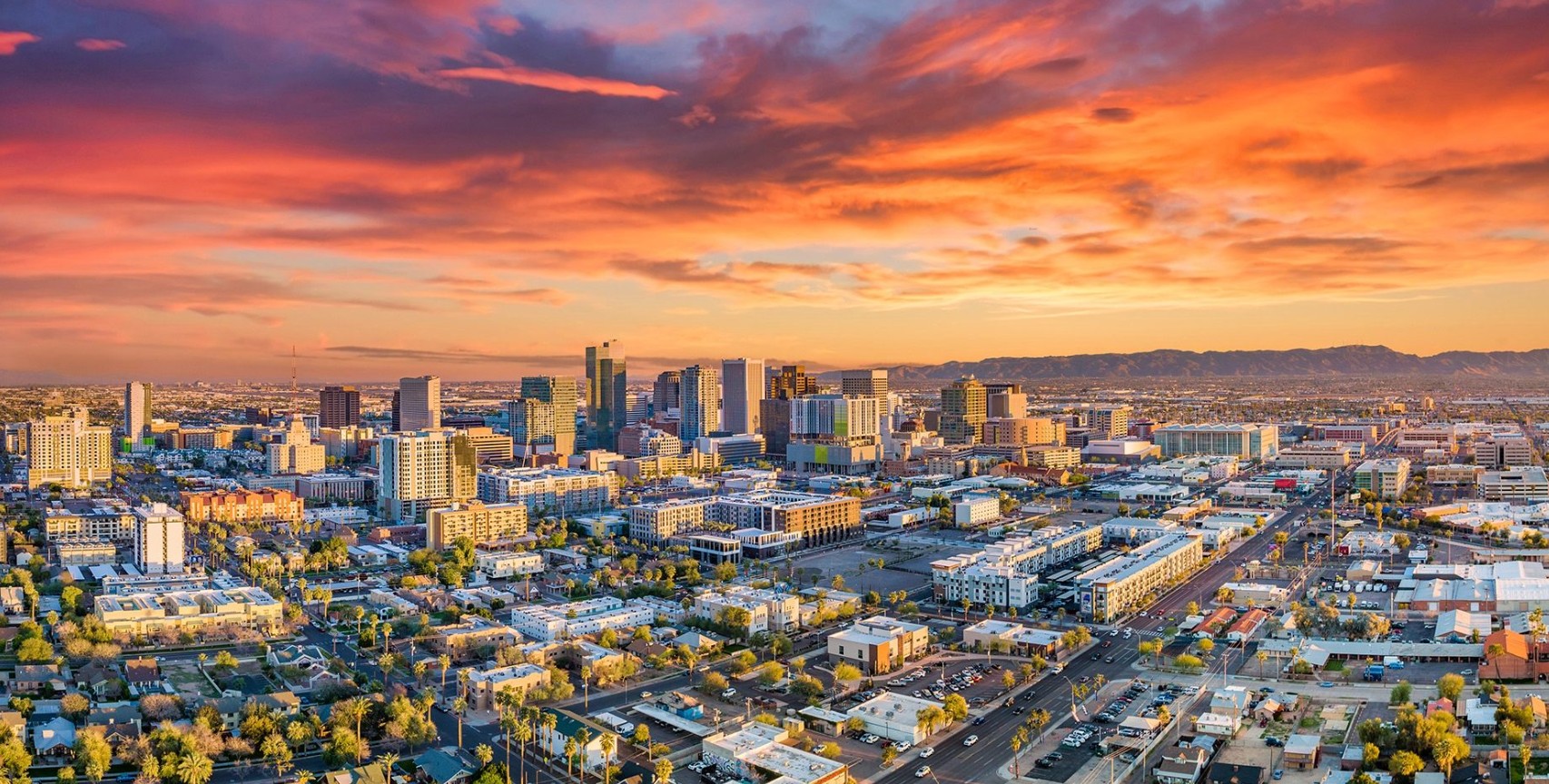
480 Area Code
Area codes are more than just numbers—they can tell you a lot about where a phone call is coming from. Including the region, time zone, and even economic activity. One such unique code is the 480 area code, widely used across parts of Arizona. Whether you’re receiving a call from a number with this code, moving into the region, or doing business in the Southwest. Understanding what the 480 area code represents is helpful. This article breaks down everything you need to know about what is 480 area code. Where it’s located, what time zone it falls under, and more. If you’ve ever asked, “where is 480 area code?”, you’ll find all the answers here.
What Is 480 Area Code?
The 480 area code is a telephone area code in the North American Numbering Plan (NANP). It was officially put into service in 1999 as a split from the 602 area code. Which had become too saturated due to the rapid growth in population and technology in Arizona. Unlike some area codes that cover entire states or vast regions, 480 is much more specific in its coverage. It primarily serves the East Valley region of the Phoenix metropolitan area.
As technology expanded and mobile devices became common. The need for more localized area codes became necessary, and 480 was one of the solutions. It helps organize call routing more efficiently and offers a clear identifier for businesses and residents in that part of Arizona. Many people assume area codes are random, but 480 was strategically created to handle increased demand in a rapidly growing urban zone. Today, it’s a core part of phone communications in the region and is associated with economic and residential development in Arizona.
480 Area Code Location
If you’re wondering “480 area code location”, it is centered in the eastern part of the Phoenix metropolitan area, commonly referred to as the East Valley. This includes several prominent cities such as Scottsdale, Tempe, Mesa, Chandler, and Gilbert. These cities are among Arizona’s fastest-growing and most economically active, and the 480 area code’s plays a major role in identifying them in the telecom system.
The location covered by the 480 area code is known for its blend of urban living, desert landscapes, and booming technology and education sectors. For example, Tempe is home to Arizona State University, while Scottsdale is recognized for its tourism and real estate markets. Chandler and Mesa, on the other hand, are major tech and manufacturing hubs. So, the 480 area code location is not just defined by geography but also by the economic and social activity within its bounds. If you see a phone number starting with 480, it most likely originates from one of these bustling Arizona cities.
Where Is 480 Area Code?
Still wondering “where is 480 area code”? The answer is simple: the 480 area code is located in Arizona, USA, specifically serving the East Valley of the greater Phoenix area. This region has experienced rapid population and infrastructure growth over the last few decades. Prompting the introduction of the 480 area code’s to manage the increasing number of phone users. The cities under this code—Mesa, Tempe, Chandler, Scottsdale, and Gilbert—have distinct cultural, educational, and economic importance.
For example, Gilbert has consistently ranked as one of the safest and fastest-growing municipalities in the country. While Mesa is the third-largest city in Arizona. These are not small towns but major suburban and urban centers contributing significantly to Arizona’s economy. Understanding where is 480 area code is crucial for businesses looking to establish a presence in the region or individuals relocating for work, school, or retirement. It helps you recognize calls, identify local services, and understand the regional dynamics of Arizona.
480 Area Code Time Zone
An essential aspect of any area code is its time zone, and the 480 area code time zone is the Mountain Standard Time (MST). Unlike most U.S. states, Arizona does not observe Daylight Saving Time (DST), except for the Navajo Nation in the northeast part of the state. This means that the time remains consistent throughout the year—there’s no “spring forward” or “fall back” in this region.
For anyone conducting business, managing logistics, or communicating with someone in the 480 area code’s. This consistency offers a practical advantage. MST is UTC−7 hours, which is particularly important to note when coordinating calls across different states or countries. Since other regions may shift in and out of DST, Arizona’s constant time can lead to temporary changes in time differences between zones. The 480 area code time zone plays a crucial role in regional scheduling for both local businesses and international operations with partners in the East Valley.
History and Creation of the
480 Area Code
Before 480 existed, the 602 area code covered the entire Phoenix metropolitan area. But by the late 1990s, explosive growth in population and an increase in mobile phone usage led to a shortage of available phone numbers. As a result, in 1999, Arizona introduced two new area codes—480 and 623—to accommodate the demand. The 602 code was retained for Phoenix proper, 480 for the East Valley, and 623 for the western suburbs. The restructuring helped distribute phone traffic and gave distinct regional identifiers for each growing part of the metro area. Since then, 480 has become deeply associated with the booming suburban life and innovation in Arizona’s East Valley. Over the years, the 480 area code has become more than a numeric prefix—it’s a digital signature of a region on the rise. Reflecting the rapid transformation from desert suburbia to modern metropolitan.
Cities and Communities in the 480 Area Code’s
The 480 area code location encompasses a number of high-profile cities and suburbs. Each city within this area code brings something unique to the table. For example, Scottsdale is renowned for its upscale lifestyle, golf resorts, and art galleries. Tempe is home to Arizona State University, making it a hub for education and youthful energy. Chandler is an emerging tech hotspot with companies like Intel and PayPal having a presence there. Mesa, one of the largest suburbs in the country, is known for its strong community feel and growing infrastructure. Gilbert, meanwhile, blends small-town safety with big-city amenities. Smaller neighborhoods and planned communities like Queen Creek and parts of Apache Junction also fall under this code. Each city contributes to making the 480 area code one of the most dynamic and desirable regions in Arizona.
480 Area Code’s and Cell Phones
The explosion in mobile phone use was one of the main catalysts for the introduction of new area codes like 480. In today’s world, many people keep their phone numbers even after moving to different cities or states. Making area codes less geographically tied in a practical sense. However, a 480 number still strongly suggests ties to Arizona’s East Valley. Cell carriers and VoIP services also utilize these numbers to assign local identities, especially for businesses targeting the Arizona market. While having a 480 area code may not guarantee a person lives in Mesa or Tempe. It still carries a strong regional branding that helps businesses and individuals alike signal local credibility.
Businesses and Marketing Impact of the 480 Area Code
For businesses operating in or targeting Arizona, particularly the Phoenix metro area, having a 480 area code number can provide a local touch that builds trust with customers. Consumers are often more likely to answer a call from a familiar area code or patronize businesses that appear to be local. A 480 number tells customers you’re rooted in the East Valley, even if you’re using a digital phone system. It’s also valuable for marketing campaigns, allowing companies to reach customers with area-specific promotions. Real estate agents, local services, and tech startups all benefit from having a 480 presence. Whether physically located in Arizona or not. In many ways, the area code itself becomes part of a business’s branding strategy.
Is the 480 Area Code’s Running Out?
Although the 480 area code has served the region well for over two decades, rapid growth continues in the Phoenix area. While no official announcements have been made about retiring or splitting 480 again, regulatory agencies keep a close eye on number availability. If the demand continues, especially with the rise of Internet of Things (IoT) devices and increased mobile users, overlays or new area codes may be introduced. However, the 480 code still has available number blocks, and measures are in place to extend its usability. Nevertheless, telecom providers and state regulators are prepared to adapt to changes should exhaustion of numbers become an issue in the near future.
Why You Might See a 480 Number Outside Arizona
With number portability and nationwide service providers, it’s common to see a 480 area code number being used outside of Arizona. People who move from the region often keep their mobile numbers, and businesses use virtual phone numbers to maintain a local presence. This doesn’t mean the call or text you receive from a 480 number is physically located in Arizona—but it does usually signal that the person or entity has some connection to the region, either past or present. In the digital age, area codes have become as much about identity as location.
Conclusion
The 480 area code represents much more than a series of digits—it’s a signifier of a rapidly growing. Economically vibrant region in Arizona. Serving key cities like Mesa, Chandler, Tempe, Scottsdale, and Gilbert, the 480 code has become deeply tied to the identity of Arizona’s East Valley. It reflects decades of growth, innovation, and demographic change. Whether you’re a resident, business owner, or just curious about where is 480 area code, understanding its location, history, and relevance can offer valuable insights. With its stable Mountain Standard Time zone, strong infrastructure, and booming economy. The area represented by the 480 area code’s will remain significant well into the future.






